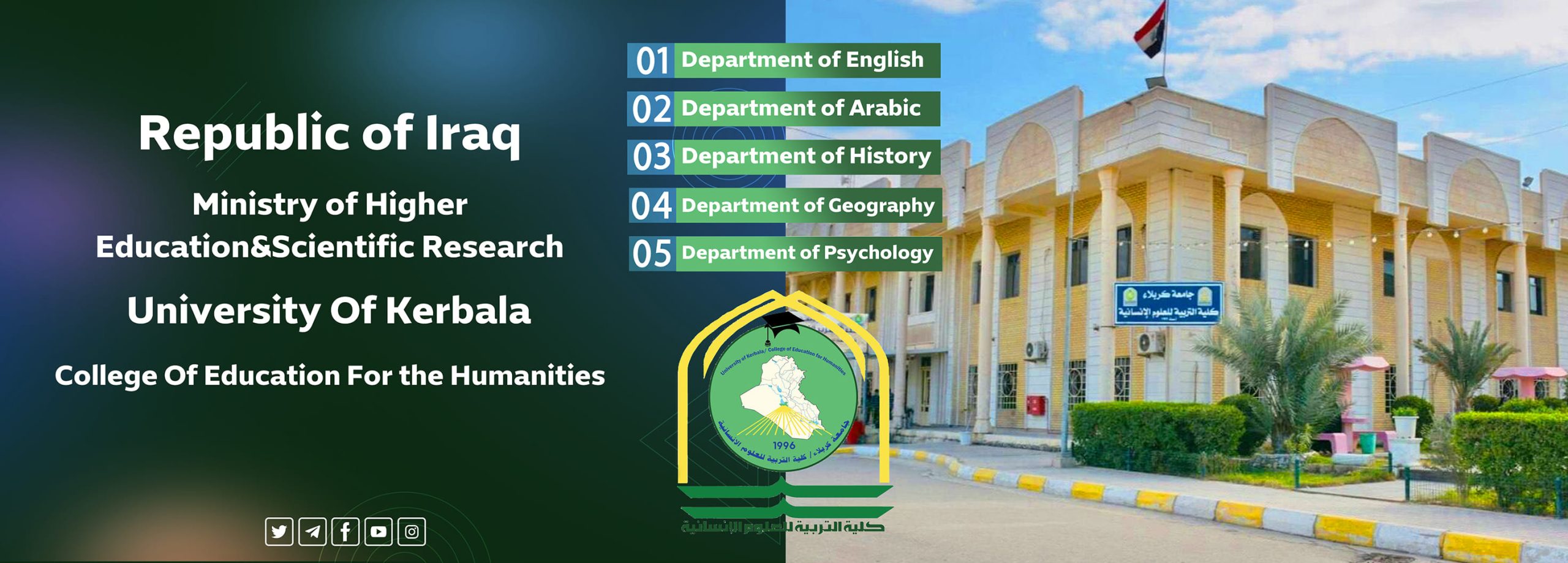
Conclusion
The chapters of this study led us with the following determinants to a conclusion that can summarize the most important of what we have reached with:



- Exposed narratives renaissance Husseiniya to the situation, especially that some narrators used various means and methods to implement what they drew him of the schemes, they have entered their novels placed and mastered in their development, so a difference appeared in the time and place of some historical events and did not spare a detailed historical of that.
- The peace of Imam Hassan (peace be open him) was not separate from the Hosseini renaissance, as it was not phased, but rather a movement and planned work according to the study and controls that the Prophet (peace and blessings of God be upon him) paved when he said, “My two sons, these two imams stood or sat down,” as we note that the leadership of the Islamic nation was prepared for it, which was started by Imam Hassan (Peace be upon him) and then continued Imam Hussein (Peace be upon him)
- The narrations differed in the places where Imam Hussein (Peace be upon him) was summoned by the governor of Medina, Al-Waleed bin Utbah, once indicating his absence in his house and his presence in the mosque, and another time indicating his presence at the tomb of the Messenger of Allah (may God bless him and his family), and in other narrations do not indicate the location of his presence when the summons order arrives, but it indicates the time at night and perhaps the lack of reference indicates his presence in his house and from this difference, we infer On the seriousness of the situation for the Umayyads.
4- Historical accounts confirmed that the choice of Imam Hussein (Peace be upon him) is the right time to migrate to Mecca in the Hajj season, because it is an occasion for political and intellectual propaganda against the Umayyad regime and meeting with delegations, including Iraq, which he wished to go to.
5- The period of time spent by Imam Hussein (Peace be upon him) in Mecca was sufficient to assess the situation of the Islamic cities in the beginning of his blessed revolution
6- Historical accounts indicated that the house of Suleiman bin Sard Al-Khuza’i became a place and headquarters for the leadership, as the Shiaa met in it and announced their deposition to increase and began to send delegations to Imam Hussein (Peace be upon him) inviting him to come to them
7- Historical narratives confirmed that Makkah was a center of the Renaissance, during the presence of Imam Hussein (Peace be upon him) in it, especially the exchange of messages from Kufa as well as sending messages to Basra, as the Umayyad authority and the point of attention to it.
8- The study showed through narrations that Muslim bin Aqeel (Peace be upon him) went to Kufa to carry out a mission drawn for him by Imam Hussein (Peace be upon him), as his embassy was one of the most important turns in the march of the Husseini Renaissance because of its importance about the personality of a Muslim and important in the management of events in Kufa
9.The narrations differed in the place where Muslim bin Aqeel (Peace be upon him) descended in Kufa, some of which mentioned that he descended in the house of Al-Mukhtar bin Abi Obaida, and some of them referred to the house of Ibn Awsjah, and it can be said that he took the house of Al-Mukhtar without others because he was the son-in-law of the ruler Al-Nu’man bin Bashir, and perhaps the hand of badness does not extend to Muslim. - The consultation of Yazid ibn Muawiyah Mawlah Sargon al-Rumi and the latter’s choice of Ubayd Allah ibn Ziyad, governor of Kufa, have temporal roots because it was not an ordinary coincidence or advice, but rather it confirmed the depth of the Byzantine state’s interference in the affairs of the Umayyad authority, from whose roots Sargon Rumi hails.


























































